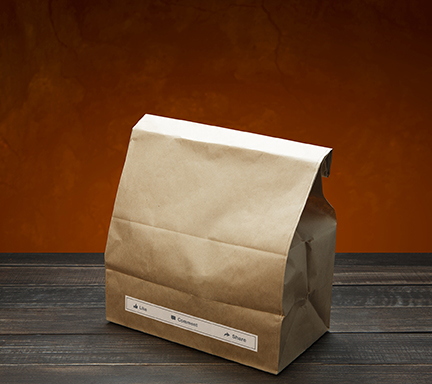Olo, the massive online ordering and integration company is still growing, but it’s tackling all manner of little issues as it does. Chief Customer Officer Marty Hahnfeld said, addressing the elephant in the industry, COVID-19 was an incredible time to be a digital enabler.
“It became clear that digital was going to be essential,” said Hahnfeld. “Frankly our reaction was to put our heads down and help our customers to the greatest extent possible. We sort of tore up the roadmap day one and said, ‘What can we move to the top of the list to help people?’”
For the enterprise clients with more than 100 restaurants that Olo works with, that meant turning the small percentage digital and off-premises traffic into the entire business as dining rooms closed. The tools were already there, but he said they were not quite ready for the inversion of digital and traditional business. Models like curbside delivery went from being a nice idea to “mission critical.”
“We have a lot of customers that have 100 percent of their orders coming through Olo,” said Hahnfeld. “The entire topic changed shape.”
Now that the COVID-19 tools are largely in place with minor optimizations here and there, he said the company is back to investing in its future roadmap. In some ways, COVID offered a preview of and accelerant toward the digital future for restaurants.
There are two big themes of investment for Olo, further optimizing the current tools to incrementally enhance the offering now that the big shift is largely over. That, Hahnfeld says is a list of many things that shave off a second here or a minute there and push order accuracy and ease of use. The other theme is tackling the whack-a-mole of industry issues like credit card fraud—hard issues that eventually need to be solved.
Those two focal points will put Olo on a path to serve the entire enterprise market and draw people in from competitors or a build-your-own approach. At this point, the green pastures Olo forged through in the last several years are pretty small.
“There’s very little green field left. Coming into COVID, out of the 250 or so enterprise restaurant brands out there, we saw approximately 30 that didn’t have a digital-ordering program. I would say today, that’s prob more like 20, and some of them are more famously resistant like In-N-Out, and they’re doing their own thing,” said Hahnfeld.
He said the company is looking everywhere for the next great idea to capture a little more of that market and enhance the offering. The company is working on a set of best practices from savvy customers. Things like navigating dynamic pricing like Portillo’s does to find margin neutrality with third-party services. Novelties like the MrBeast Burger launch that Olo helped orchestrate that sent a huge amount of direct traffic to the digital popup also have plenty of interesting tidbits.
“This is the interesting part of being a tech platform, where do you go for your next great idea? Our customers shape a huge portion of our roadmap, we have a product advisory council, that’s represented by 15 of our customers who sit on it and they evaluate the theme that we have top of mind and how they would like to see those tools implemented,” said Hahnfeld. “We also have a pretty good track record of innovating on what we see as the next chapter of all this.”
He said the latter depends on watching ecommerce giants like Amazon or other software as a service player outside the industry, and then figuring out how to “merge that together with the very esoteric requirements of the restaurant industry. It remains a vertical that has needs not shared by any other vertical.”


